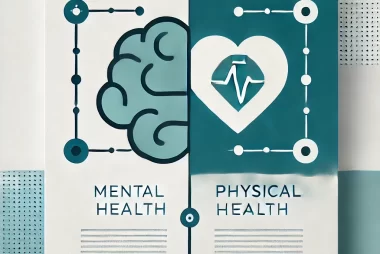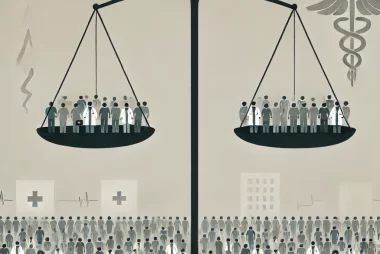The Role of Technology and Automation in Mitigating Healthcare Staffing Challenges
The healthcare industry is facing an unprecedented workforce crisis. A growing patient population, aging healthcare professionals, burnout from administrative overload, and lingering effects of the COVID-19 pandemic have created a perfect storm. Across the U.S., hospitals, clinics, and physician practices are grappling with critical staffing shortages that threaten care quality, access, and operational efficiency. In…








